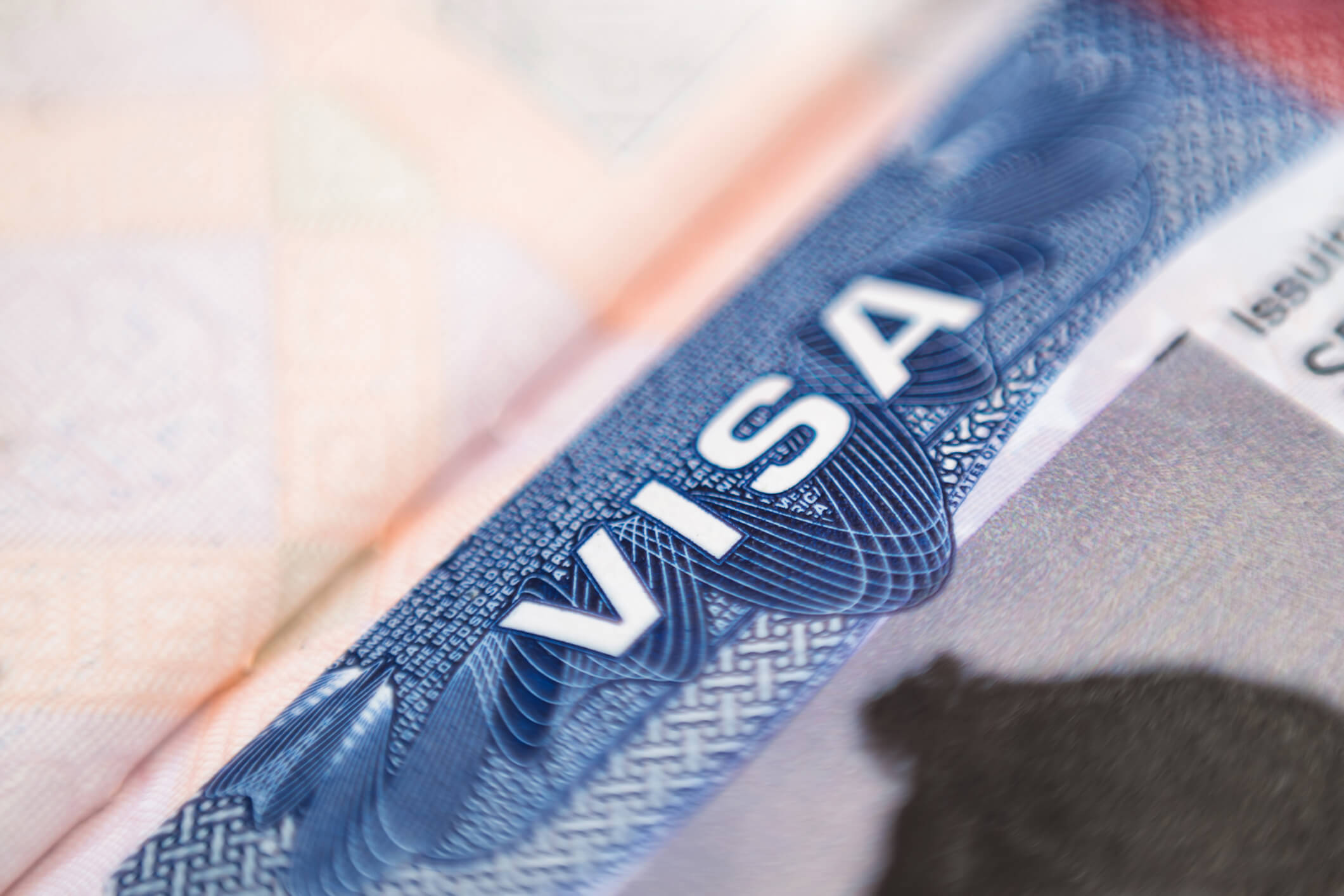On June 19, 2012, Charles Oppenheim, Chief of the Immigrant Visa Control and Reporting division (Visa Office) at the U.S. Department of State (DOS), met with the American Immigration Lawyers Association (AILA) to discuss the recent EB-2 (Employment-Based, second preference) worldwide retrogression and provide an updated forecast of employment-based visa date movements for FY 2012 and beyond.
These comments and predictions are summarized below.
- When FY 2013 begins on October 1, 2012 and new immigration visa quota numbers again become available, the EB-2 cut-off dates for China-Mainland born and India, which are currently “unavailable,” will move to August or September 2007 (the China cut-off may be slightly better). It is unlikely that the cut-off dates will advance at all for the first two quarters of FY 2013 unless the DOS’ Visa Office is convinced that there is insufficient visa demand for the rest of the year. The Visa Office has already pre-adjudicated 17,000 EB-2 cases for natives of India, China, and worldwide with priority dates after January 1, 2009. Further, there will be several cases queued up for adjudication in October 2012, and it will take some time for them to be processed.
- EB-2 worldwide cut-off dates, which retrogressed to January 1, 2009 under the July Visa Bulletin, will be current in October 2012. However, should several pending cases be approved by the U.S. Citizenship and Immigration Services (USCIS), the worldwide EB-2 category may retrogress or even become unavailable for the rest of the year.
- As for the reasons behind the rapid advancement and subsequent drastic retrogression of the priority dates, USCIS apparently reported that, while it had adjudicated and approved several petitions, the agency was not receiving a sufficient number of I-485 applications. USCIS wanted the cut-off dates to be moved forward even more in March 2012. Nevertheless, the DOS resisted since there already appeared to be heavy demand (in February, the demand had already increased by 50%). In addition, while USCIS stated that it believed that adjudication of EB-1 (Employment-Based, first preference) cases would be at the same rate as last fiscal year, this was not the case. Oppenheim suggested that this may have been due to the fact that many employment-based cases had prolonged adjudication times with USCIS. In addition, EB-5 (Employment-Based, fifth preference) usage has been higher this year. Unused EB-5 cases fall into EB-1, and unused EB-1 cases fall into EB-2.
- The Visa Office confirmed that applicants from China and India who filed will be waiting years for adjudication of their I-485 applications.
- While USCIS advised that I-485 applications would be adjudicated within a 4-6 month timeline, the agency in fact processed numerous cases in 3 months, the effect of which was to also increase the demand for visa numbers this fiscal year.
- The group of cases that was filed in July and August of 2007, when all employment-based categories were made “current,” were all completed by November 2011. At that point, the Visa Office had to depend on USCIS estimates for adjudication of cases. The Visa Office had no pre-adjudicated cases that provided a point of reference to determine what was left or pending.
Future Forecasts
According to the Visa Office, the ability to predict demand is impeded by the fact that there are no statistics on EB-3 (Employment-Based, third preference) to EB-2 “upgrades.” If a foreign national is upgrading from EB-3 to EB-2, both cases for that individual remain open (so it appears that two numbers are being used). It is only upon the approval of the green card that the duplicate file number ceases to exist and the Visa Office is advised by USCIS to cancel a pending EB-3 case. Purportedly, there are 10,000 to 15,000 numbers used for upgrades every fiscal year according to the Visa Office, although USCIS previously insisted that the number of upgrade cases was insignificant.
As indicated by Oppenheim, the Visa Office tries to use 13,500 visas per quarter for all employment-based cases and already has more than 17,000 in line for FY 2013.
Impact on Employers
For companies, the unavailability of sufficient numbers of permanent resident visas may mean a much longer processing timeframe for employment-based cases. Employers should regularly review each foreign national employee’s current nonimmigrant status and work authorization for long-term planning.



